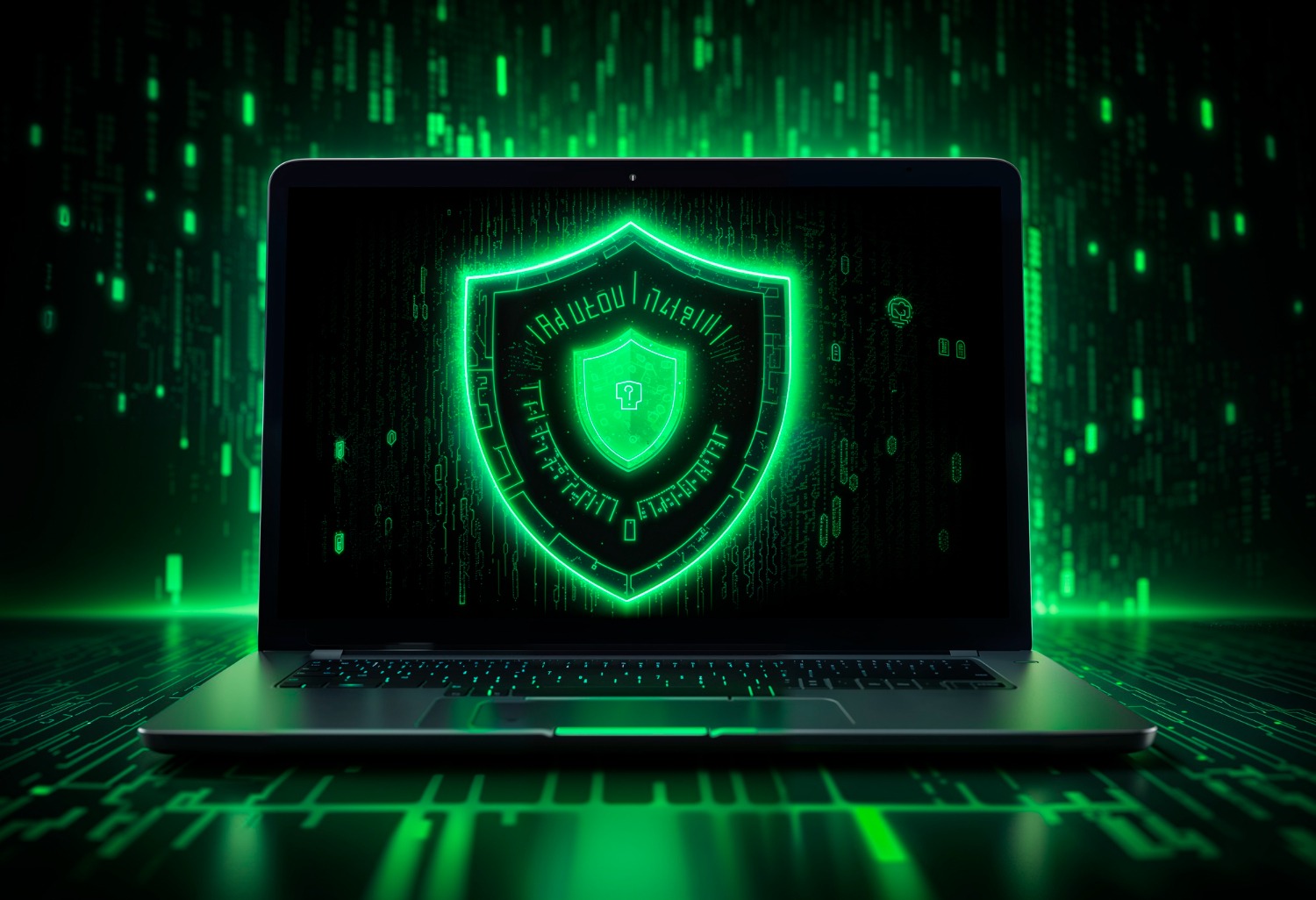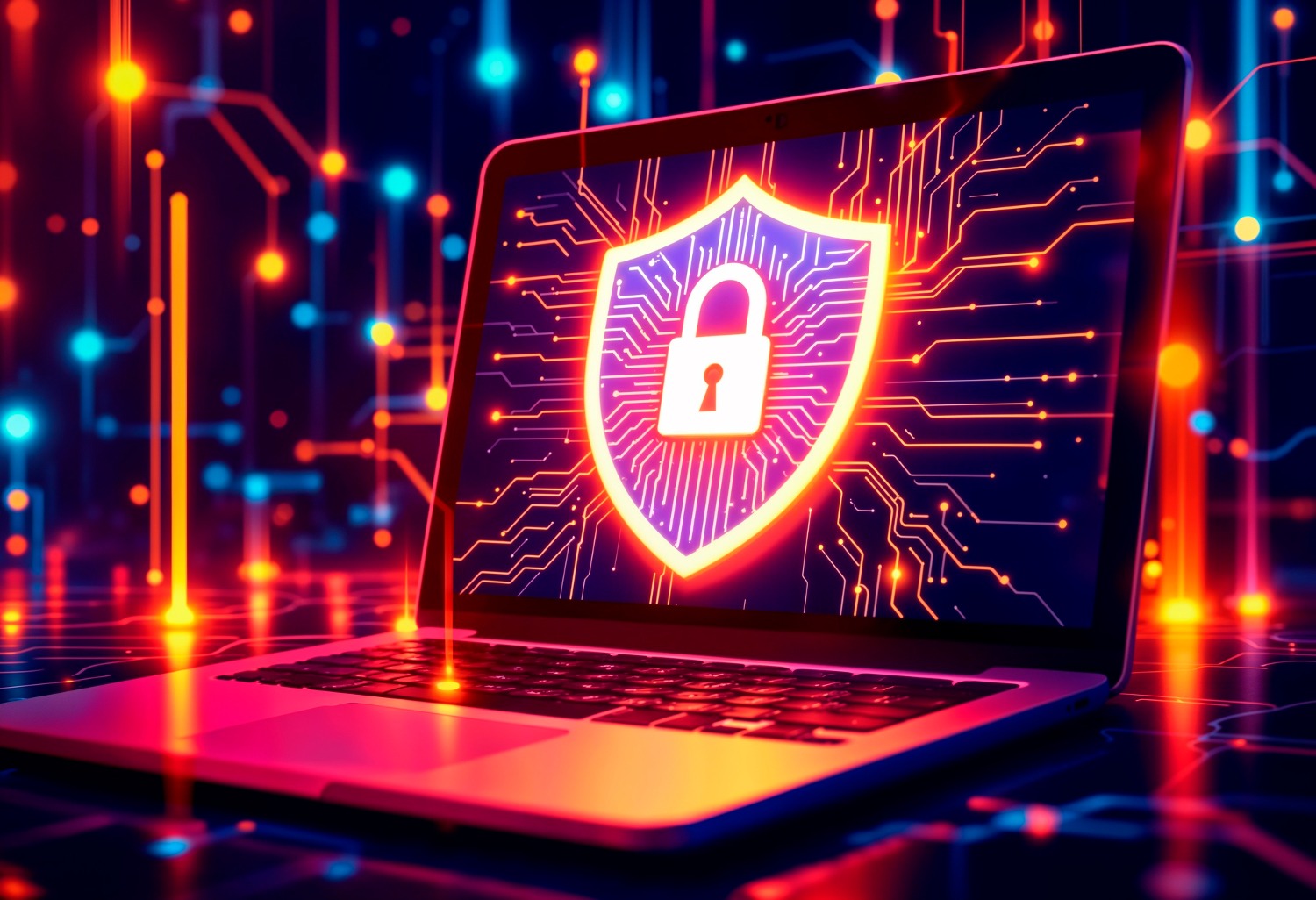Top Ransomware Protection Practices for Organizations in 2025
Ransomware attacks are among the most devastating cybersecurity threats facing organizations today. By encrypting critical files and demanding ransom payments for their release, attackers disrupt operations, cause financial loss, and compromise sensitive data. The rise of sophisticated ransomware-as-a-service (RaaS) platforms has made it easier for cybercriminals to launch attacks, resulting in a surge of incidents globally.
As we enter 2025, the need for comprehensive ransomware protection strategies is more urgent than ever. This article explores the top ransomware protection practices organizations should adopt to safeguard their data and maintain business continuity.
1. Implement a Robust Backup and Recovery Plan
One of the most effective defenses against ransomware is maintaining a reliable backup system. Backups allow organizations to restore their data without paying the ransom, minimizing downtime and financial loss.
- Follow the 3-2-1 Rule: Keep three copies of your data, stored on two different types of media, with one copy stored offsite or in a secure cloud environment.
- Test Backup Integrity: Regularly test backups to ensure they can be restored quickly and without errors.
- Use Immutable Storage: Implement backup solutions with immutability features, which prevent data from being altered or deleted by ransomware.
2. Keep Software and Systems Updated
Outdated software and systems are prime targets for ransomware attacks. Many ransomware variants exploit vulnerabilities in unpatched systems to gain access.
- Regular Patch Management: Establish a routine for applying security patches and updates to all systems, applications, and devices.
- Automate Updates: Use automated tools to streamline the patching process and ensure no critical updates are missed.
- Decommission Legacy Systems: Replace outdated hardware and software that no longer receive security updates.
3. Strengthen Endpoint Protection
Endpoints such as laptops, desktops, and mobile devices are common entry points for ransomware. Securing these devices is crucial to preventing attacks.
- Deploy Endpoint Detection and Response (EDR): Use EDR solutions to monitor, detect, and respond to suspicious activity on endpoints in real-time.
- Implement Multi-Factor Authentication (MFA): Require MFA for accessing sensitive systems and applications to reduce the risk of unauthorized access.
- Restrict Administrative Privileges: Limit the number of users with administrative privileges to reduce the likelihood of ransomware spreading across the network.
4. Educate Employees on Cybersecurity Awareness
Human error remains one of the leading causes of successful ransomware attacks. Employees should be trained to recognize and respond to potential threats.
- Conduct Regular Training: Provide ongoing cybersecurity training to ensure employees understand the latest threats and best practices for avoiding them.
- Simulate Phishing Attacks: Run simulated phishing exercises to teach employees how to spot and report suspicious emails.
- Create a Security Culture: Foster a workplace culture where cybersecurity is a shared responsibility, encouraging employees to report potential threats without fear of repercussions.
5. Segment Your Network
Network segmentation is an effective strategy to limit the spread of ransomware within an organization. By dividing the network into isolated segments, you can contain an attack to a specific area, minimizing damage.
- Implement Zero Trust Architecture: Adopt a zero-trust model where access to network resources is granted on a need-to-know basis.
- Use Virtual LANs (VLANs): Separate critical systems and sensitive data from less secure parts of the network.
- Monitor Internal Traffic: Deploy tools to monitor traffic between network segments for signs of lateral movement by attackers.
6. Invest in Advanced Threat Detection Tools
Ransomware threats are becoming increasingly sophisticated, requiring advanced tools for detection and prevention.
- Use AI-Powered Security Solutions: Leverage artificial intelligence and machine learning to identify and block ransomware threats in real-time.
- Deploy Intrusion Detection and Prevention Systems (IDPS): Monitor and analyze network traffic to detect and prevent malicious activity.
- Utilize Threat Intelligence Services: Stay informed about the latest ransomware threats and attack vectors through threat intelligence feeds.
7. Develop an Incident Response Plan
An effective incident response plan helps organizations quickly and efficiently respond to ransomware attacks, minimizing damage and recovery time.
- Create a Dedicated Response Team: Assemble a team of IT, legal, and communication professionals to handle incidents.
- Define Roles and Responsibilities: Clearly outline the responsibilities of each team member in the event of an attack.
- Conduct Tabletop Exercises: Regularly test your incident response plan with simulated ransomware scenarios to identify and address potential gaps.
8. Secure Remote Work Environments
The rise of remote work has expanded the attack surface for ransomware. Organizations must take additional measures to secure remote work environments.
- Use Virtual Private Networks (VPNs): Ensure employees connect to corporate networks using secure VPNs.
- Enforce Device Security Policies: Require employees to use company-approved devices with up-to-date security configurations.
- Enable Endpoint Monitoring: Monitor remote devices for unusual activity that could indicate a ransomware attack.
Conclusion
Ransomware attacks are a persistent and evolving threat, but with the right protection strategies, organizations can significantly reduce their risk. By implementing robust backup systems, keeping software updated, strengthening endpoint security, and fostering a culture of cybersecurity awareness, businesses can stay ahead of ransomware threats in 2025. With continuous monitoring, advanced tools, and a well-prepared incident response plan, organizations can protect their data, maintain business continuity, and safeguard their reputation against the growing menace of ransomware.




